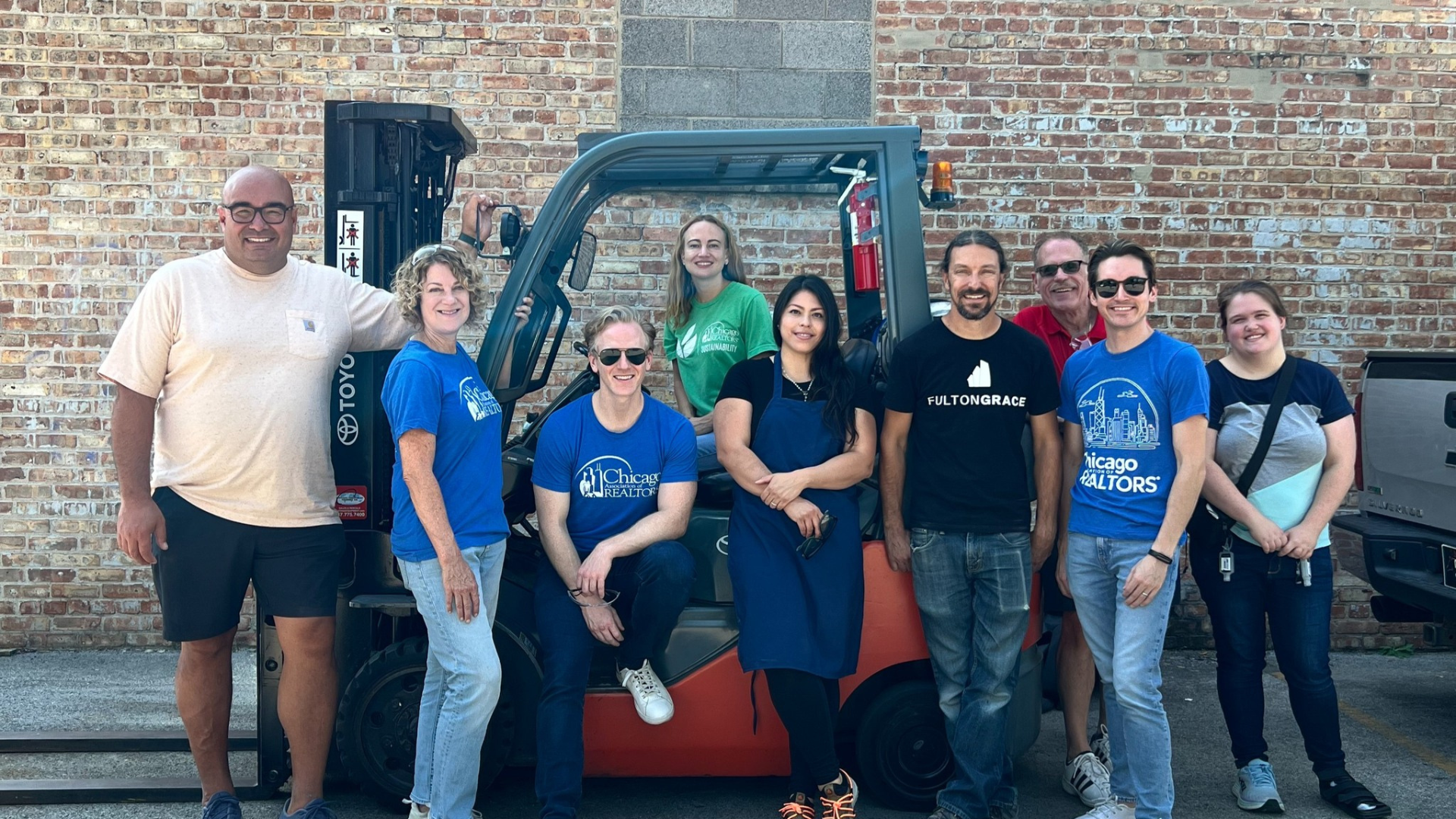Since the beginning of March, most people have been spending more time in their homes than ever before. Although some of us may have since returned to work, others are still working from home with no end in sight. Being in the same area for so long has made many homeowners take a hard look at their current living situations and consider what’s working, and what isn’t.
We took a look at the National Association of REALTORS®’ 2020 Market Recovery Survey and spoke with Dr. Jessica Lautz, NAR’s Vice President of Demographics and Behavioral Insights, to discuss COVID-19’s effect on homeowners and the new home trends that have emerged.
NAME OF THE GAME? LOCATION!
By the first week in July, when the Market Recovery Survey was released, 24 percent of NAR members said they had homebuyers who have shifted where they want to purchase their home due to COVID-19.
Lautz attributed this to a few different factors. One of the major forces: distance from family and friends. “COVID-19 has had a polarizing reaction for many homeowners,” Lautz said. “Either they want to be closer to loved ones to spend more time with them, or it has emphasized their need to put more physical space between their families and their loved ones.”
Another factor is the commute — or lack thereof. About 22 percent of REALTORS® said their clients’ commuting needs are less of a concern at this point in time, as many of us are still (and will continue) working from home, meaning people aren’t as concerned about their proximity to work as they used to be.
This also explains many homebuyers’ new preference to have more personal space in less densely populated areas, Lautz said. According to the report, there seems to be more urgency for homebuyers to move to suburban or rural areas as opposed to urban areas. Of those who have shifted their location desires, 47 percent want to purchase in the suburbs, 39 percent want to move to rural areas and 25 percent cite desires to move to a small town.
The same goes for the type of homes clients are looking for. Many people are looking for single-family homes as opposed to multifamily units. When the stay-at-home order began and warm weather started to move into Chicago, many people were looking for ways to get outside. A single-family home provides more space, especially outdoor space, than most multifamily units will provide, making them more desirable.
DO WHAT YOU LOVE, IN A SPACE YOU LOVE
According to the Market Recovery Survey, 35 percent of REALTORS® have had clients change at least one home feature that is important to them due to COVID 19. Can you guess what the number one feature is? If you said “home office,” you hit the nail on the head. About 24 percent of REALTORS®’ clients have included a home office in their new home search.
According to an MIT report, 34 percent of Americans were working from home by April, and, according to a publication by the University of Chicago, the same percentage of people can productively complete their work from home full time. That makes a home office, which used to be considered a nice addition to have in a home, now a necessity for many. And as some companies are allowing employees to expense the cost of monitors, office supplies, desks and other work-from-home accessories, your clients are probably now looking for a dedicated space to put this furniture in to be productive.
THE END OF OPEN FLOOR PLANS?
This preference might also lead to an overall decreased interest in open floor plan homes, as having multiple adults working from home may increase the desire for more private areas to focus on and conduct work. Many homebuilders are predicting that we will see more doors, walls, noise control options and separated kids’ spaces as a result of the pandemic and stay-at-home order, in addition to the fact that even before this, more and more jobs were going remote. This more than likely also plays a role in the 13 percent of clients who say they are looking for larger homes for more personal space, particularly larger living rooms and kitchens. Homebuilders are also anticipating separate or larger entryway spaces to avoid the spread of germs to shared living areas. Be prepared to see larger garages and mudrooms gaining popularity in the future.
FULL HOUSE
As mentioned previously, some clients may be moving closer to family and friends — and 15 percent of REALTORS®’ clients say they want more space to accommodate additional family members like an older adult relative, a baby or a newly adopted pet.
Families who had members in assisted living facilities may have rethought their choice and brought those family members into their own homes when they were not able to visit them. These families will be looking for ADA-compliance in homes, like wider doors, lower light switches and counters, and generally, more accessibility.
LIVING OFF THE LAND
Large outdoor areas are incredibly desirable right now. Almost 11 percent of REALTORS®’ clients are looking for space to grow fruits and vegetables, rather than relying on grocery stores or deliveries for fresh food. Many homeowners are finding gardening to be a calming, family-friendly activity to take up their time. And not only has the popularity of gardening taken off, but many people are doubling or even tripling the size of their outdoor gardens. Backyard greenhouses are also becoming more commonplace.
Eight percent of clients want a yard with enough space to exercise, and another eight percent generally want more acreage. “People want to be living outside on their property as much as they want to be living inside their property,” Lautz said.
All seasons outdoor living areas may be one of the most popular uses for outdoor spaces. As Chicago experiences all four seasons, we will likely see more homeowners looking for outdoor areas with pergolas, heaters and awnings for all year use.
As we have already seen, this pandemic has had quick and sometimes unpredictable effects on the industry. “Conditions are changing rapidly… so conditions may have already changed over these few weeks,” Lautz said. “It’ll be interesting how many of these [trends] stick as buyers and sellers return to the market.” In other words, we can expect to continue to see clients’ needs and desires evolve as the pandemic stretches on.
Jessica Lautz
Vice President of Demographics & Behavioral Insights
National Association of REALTORS®










